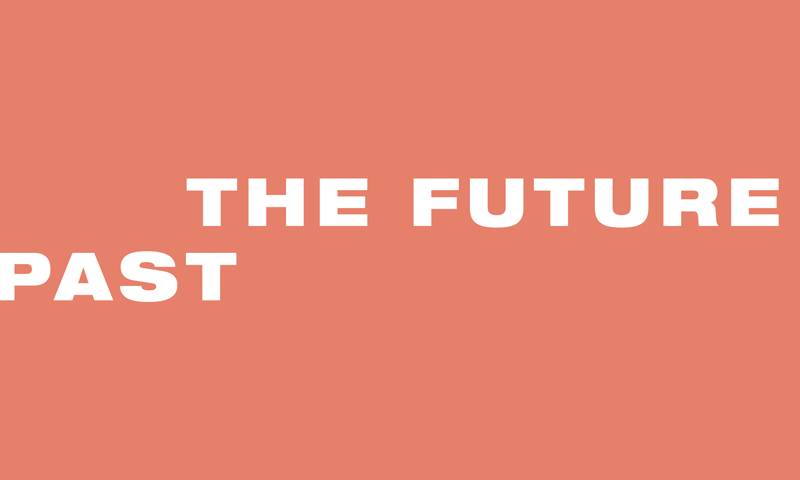Policymakers, listen up! Recognising the contribution that heritage makes to the wider UK economy starts with semantics: we’re talking about a heritage “industry”.

Essay 07: May Cassar
Institute for Sustainable Heritage
Thirty years ago, the English academic Robert Hewison coined the phrase “heritage industry” to describe how the past had been commercialised as heritage in the UK. It was a reflection of societal changes taking place as a result of de-industrialisation and globalisation, in particular the impact of rapid and widespread internal migration and immigration on the sense of being rooted, or uprooted, in the 1980s.
The idea of heritage as an industry received a bad name that stuck. “Industry” has been written in inverted commas, imparting a sense of scepticism if not outright hostility; the comfort imparted by the woolly description of heritage as a “sector” continues today.
Yet sectors and industries are classification systems that are used to group similar business operations. Sectors are seen as broader definitions than those assigned by industries. For example, theatre performances and museum exhibitions are parts of the same “culture sector” based on their manifestation and participation of the public in culture; however, each would be listed in a different industry (theatre industry, museum industry) based on the specifics of the services or products they provide. Heritage, then, can also be defined as an industry that is part of the Culture Sector.
Recent policy, specifically the UK government’s proposal to build a modern industrial strategy for the UK, has prompted me to consider why, today, it is vitally important that heritage should be described positively as an industry – not as a factory-style process of managing historical sites, buildings and museums with the aim of encouraging tourism – but more broadly: as an industry that interacts with heritage assets across policy, finance, professional and business networks.
The heritage industry connects strongly to a range of assets beyond traditional collections, buildings, landscapes and their records, to encompass the digital, languages, literature, history, folklore and the human resource whose knowledge adds value to these assets. While it is the physical elements that give the heritage industry its purpose and character, the industry itself adds value to these assets. It is a reciprocal relationship.
So what might we gather under the term “heritage industry”? Firstly, research, as our understanding of heritage is predicated on this. The UCL Institute for Sustainable Heritage is a world leader, not only among universities, but also among museums, galleries, libraries and archives, as well as national science facilities and enterprises, all of whom can engage in research. All generate science, scholarship, skills and publications, data and technologies that are transferable to, and can be reused or re-purposed by, other industries as products, services, company prestige, enhanced marketing and networking opportunities. It can also give them access to funding and resources that would otherwise be beyond their reach and the exchange of formal and informal advice.
“Downstream services are likely to be an effective vector for the translation of heritage research into commercial or economic impact”
The heritage industry has therefore gone beyond the single claim that tourism revenue is generated by increased access to heritage (which in itself is made possible by heritage conservation and interpretation activities). But in order to seal its claim as an industry, heritage urgently needs to develop these downstream services – new services and products that are based on heritage data and assets for non-heritage sectors. Downstream services are likely to be an effective vector for the translation of heritage research into commercial or economic impact. Here are three examples:
Start-up companies, SMEs and large companies should support the development of new heritage-based services and products for non-heritage sectors.
The heritage industry should provide teaching resources to enable heritage to be used to support education programmes.
The heritage industry should lead on knowledge exchange and transfer of heritage science and engineering know-how to other industry sectors.
These vital downstream services will seal the recognition and contribution that the heritage industry makes to the wider UK economy. Rather than being ashamed of describing heritage as an industry, it is time we recognised it as a vital development in ensuring not only its survival, but as the most effective way of spreading its benefits to wider society, including schools, companies and other sectors. A heritage industry that fosters entrepreneurship – now that is what will make policymakers listen up!
Professor May Cassar is Director of the UCL Institute for Sustainable Heritage. @MayCassar
 Close
Close

